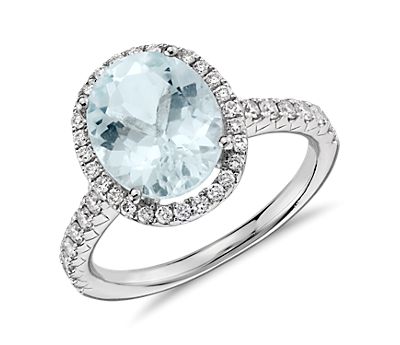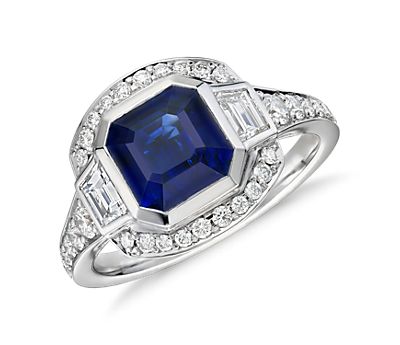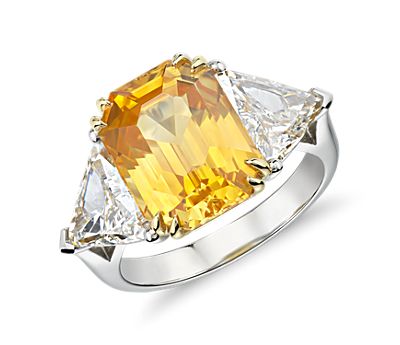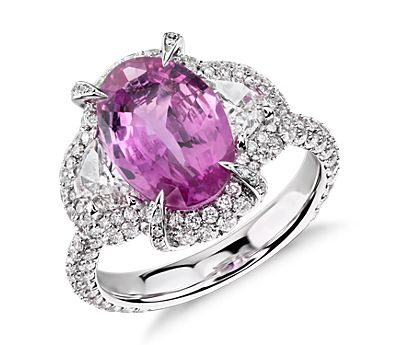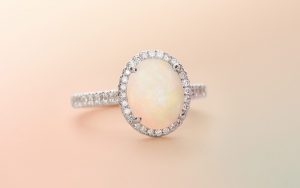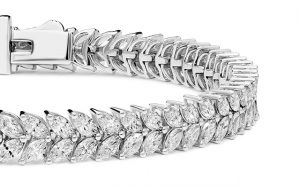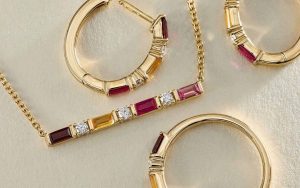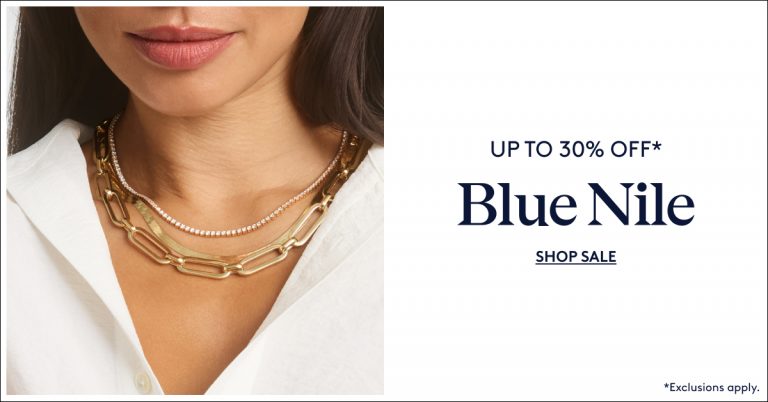The Hard Truth About Alternative Engagement Rings

Diamonds aren’t every girl’s best friend, even we know that. Plenty of women want to stand out with an alternative stone in their engagement ring. But some gemstones are better suited than others for the task. Read on for more info.
Soft stones. They’re all the rage in engagement ring trends: Pink morganite set in rose gold, purple amethystor icy blue aquamarine set in white gold. They’re not our mother’s engagement ring that’s for sure—and with good reason. Stones such as morganite, amethyst, aquamarine, and blue topaz are too soft for daily wear, especially as rings since our hands are constantly moving and tend to bump into things. Even emerald, one of the top three most precious stones in fine jewelry, is too soft and not recommended to be used as an engagement ring.
The rising popularity of soft-stone engagement rings comes with an increase in the difficult conversations jewelers must have with brides who are devastated when their sparkling center stone dulls, chips, scratches, or loses its luster. Debra Dolphin, our director of global customer care and a graduate gemologist, said call volumes from brides who are unhappy with the look of their soft-stone engagement ring as it ages outpace the calls they get about diamond engagement rings.
Below are three things Debra thinks you should know about alternative engagement rings before you take the plunge:
The hardest gemstone is a diamond, followed by sapphire and ruby. Because they are the hardest they are also the most resistant to scratches, chips, and with proper care will retain their luster the longest. We recommend brides opt for one of these three stones to show off as a center stone because they can handle the wear and tear that comes with being worn daily. Also, sapphires come in many colors—as do diamonds! The options are endless.
If you choose a soft center stone, there will be a lot of maintenance to ensure it stays looking pretty long-term. The facets on a gemstone are what give it luster, and on soft stones those facets can wear down after only a year or two, resulting in a dull, lifeless stone. The best way to prevent that—in addition to scratches, chips, and other damage—is to have the ring inspected frequently and be cautious about where you wear it.
Consider your living, working, and recreational environment when picking a center gemstone. Surfaces such as quartz or granite countertops can cause major damage to an engagement ring with a soft center stone such as opal or peridot. Other culprits? Tile showers and cement floors. If you want to wear your engagement ring every day, which most of us do, you’re better off with a hard gemstone such as a diamond, sapphire, or ruby—they’re a whole lot less worry and offer much more longevity.

